4.6 billion years Before Present: The earth is a mixture of dust and gas. It will be a billion years before the first life forms evolve, and a couple billion more before the first plants.
.
1.6 billion years Before Present: The Earth is a barren orb of rocky land and roiling water, but the first known plant life is emerging. Fossils of this plant form, a microscopic red algae, have even been found in Chitrakoot, Madhya Pradesh.
.
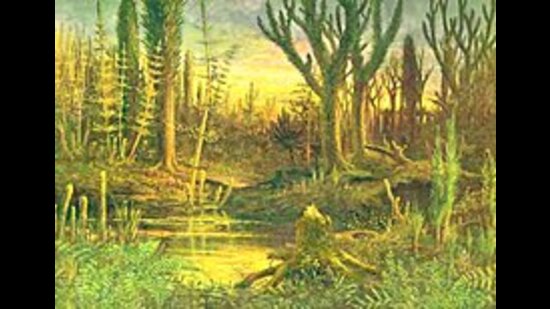
400 million years Before Present: The Devonian period sees the birth of vascular plants (those with true stems, leaves and roots). A key class is the Trimerophytopsida, believed to be an ancestor from which both gymnosperms (seed-producing plants like conifers) and ferns (which reproduce through spores and have neither seeds nor flowers) evolved. The Devonian marks the beginning of extensive land colonisation by plants, which, through their effects on temperature and atmosphere, brought about significant climatic change.
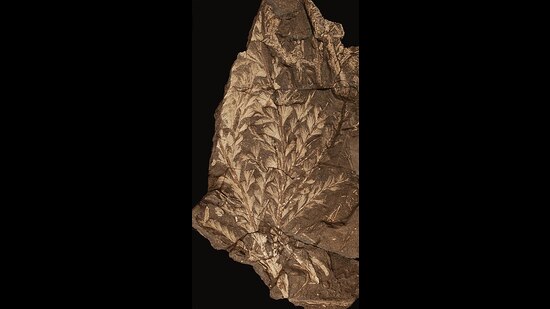
383 to 323 million years Before Present: Archaeopteris, one of the earliest tree species, begins to grow on the supercontinents of Laurasia and Gondawanaland. Archaeopteris populates the world’s tree forests, dense and swampy swathes where gymnosperms and ferns flourish. These are called carboniferous forests, after the geological period of the time.
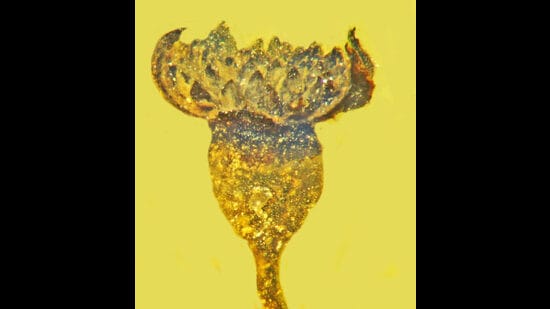
250 million years Before Present: The first flowers. Angiosperms, a more complex plant form that produces seed-bearing fruit born of flowers, begin to dot landscapes. They do not flourish. In fact, they remain insignificant in number for more than 100 million years. It’s important to note here that vegetation is largely uniform across tropical land masses at this point.

150 million years Before Present: One of India’s oldest surviving plant groups, the cycads, can trace their lineage to this time. The earliest-known cycad fossils (these are trees with a short, woody trunk and a crown of large, stiff leaves) in present-day India date to about 150 million years ago. One species, the Cycas circinalis (above) or queen sago, endemic to southern India, still grows here. Fossil evidence suggests this genus of gymnosperm has been growing here since before the Indian subcontinent began to break away from Gondwanaland.
.
120 million years Before Present: The land mass of present-day India starts to break away from Gondwanaland. Temperatures and climate have started to vary across the tropics. The subcontinent is hot, humid, lush and swampy.
.
66 million years Before Present: By this point, the Indian subcontinent has drifted to just south of the equator. It is wet, humid and seasonal, with most of the land mass receiving less than four months of dry weather.
It is at this point that the Chicxulub impactor hits Earth, wiping out most of the dinosaurs. It also sets off a series of eruptions around the world, including where Nagpur and Shahapur now stand. Based on the fossils preserved here from this time, it is estimated that the floating subcontinent held all the major plant groups, from the marine and estuarine to fresh water, marshy and terrestrial species. Angiosperms and palms dominated.
In the fossils from this time, have been found the earliest known evidence of grape, jackfruit and coconut in the world. Banana, mango, fig, mangrove palms, Indian bay leaf and morning glory have also been found.
.
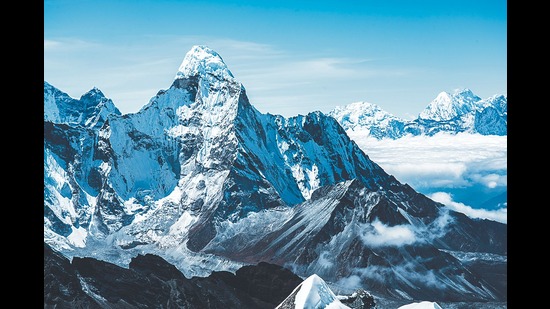
47 million years Before Present: The birth of the Himalayas. As the Indian Plate collides with the Eurasian Plate, at the astonishing rate of over 18cm a year, the world’s highest peaks are formed.
.
23 million years Before Present: The Himalayas alter landscapes and the flow of weather and water across the land mass. Aridity levels rise. Most of the land goes from being tropical wet forests to tropical dry forests, with longer dry periods and a seasonal monsoon. Rainfall patterns birthed the tropical rainforests. The Western Ghats and the Indo-Burma Biodiversity Hotspot are now considered indications of what large parts of India were like then.
.
2,000 years Before Present: As man has begun to explore, travel and trade, new species are introduced to the subcontinent, this time not by Nature but by Man. Among these species: Tamarind, a friendly alien from Africa that will integrate well with landscapes and cuisines.
.
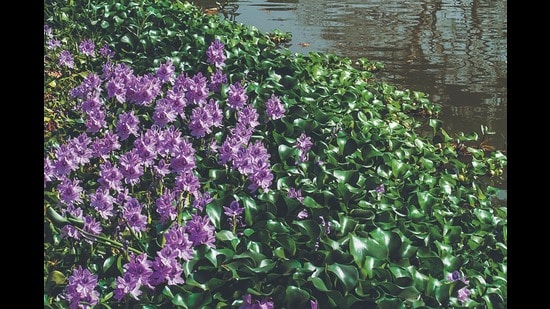
500 years Before Present: The colonisers arrive, and not just men. The British, perhaps more than any others, introduce ornamental shrubs and cash crops that will invade and alter landscapes, habits and cuisines. Vast tracts of grasslands are destroyed and replaced with trees meant for firewood and timber. Parts of the Western Ghats are razed for coffee and tea plantations. In the newly forming cities, ornamental plants like the lantana and water hyacinth (above) begin to creep across forest floors, water bodies, and all the way up to the canopy.
Enjoy unlimited digital access with HT Premium
Subscribe Now to continue reading

Stay connected with us on social media platform for instant update click here to join our Twitter, & Facebook
We are now on Telegram. Click here to join our channel (@TechiUpdate) and stay updated with the latest Technology headlines.
For all the latest Art-Culture News Click Here
